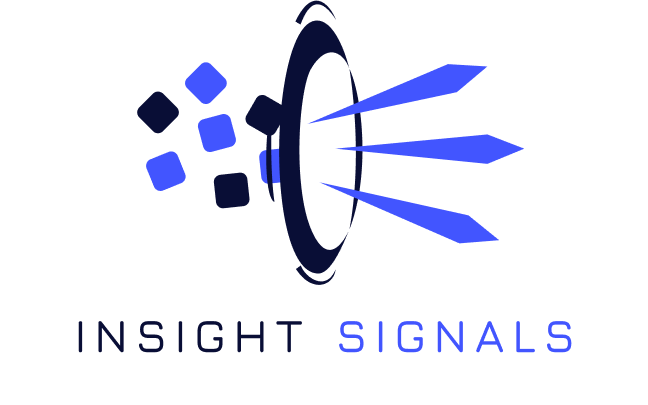A Digital Twin for the Ocean?
Last week, the Brest Summit on the Ocean presented the incredible Digital Twin project of the Ocean (DTO). This DTO will reproduce the oceanic currents, the chemical composition of the oceans, the marine populations (fish, corals, etc.), the tributary rivers, etc. The DTO sources data from an extensive network of satellites collecting information every ten minutes. Thus, the organization’s data and online data make it possible to design DT for any sector and domain.
The ocean is a central component of the world. Indeed, it contains 50% of its oxygen, absorbs 25% of the CO2 produced in excess, and feeds 3 billion people. The objective is to increase global knowledge of the ocean and run different simulation scenarios to analyze the impact of measures for sustainability and risk-minimization. “What happens if I throw a plastic bottle into the sea? What effect will it have on the Mediterranean if we block all the pollutants emanating from the Rhone, over a month, ten years…”?
Digital twin technology allows testing the impact of the strategy. It allows decision-makers to act quickly and have a complete overview of the benefit and risks of each decision by comparing different strategies scenarios. Scientists and decision-makers will be able to develop new indicators with the data generated by the DTO and future DTs. DT’s simulation scenarios provide information on the impact on social, environmental, economic, and chemical scales, which will eventually create indicators combining multiple objectives in line with sustainable development.





